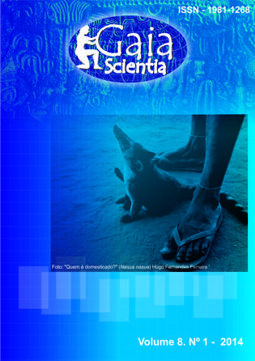Pitaya (Hylocereus sp.): A Review for Brazil
Abstract
The species of the Cactaceae family possibly had its origin in North America, America Central and America of South. In subfamily Hylocereus, the vine species with worldwide distribution, largest known fruit species found as pitaya or as it called in Asia, the Dragon Fruit. These species originate from tropical America and Subtropical and belong to the group of tropical fruit considered promising for cultivation on a large commercial scale. A few decades ago , these plants were unknown to the world market, but currently occupy a growing niche in the exotic fruit market in Europe and the United States, being cultivated in various parts of the world. Currently, the Southeast region of Brazil is the main producer in the country, but there are many plantations distributed in Brazil, some of which are in the Chapada do Apodí region, the municipalities of Limoeiro do Norte and Quixeré, state of Ceará. The objective of this paper is to review the literature on the pitaya worldwide and in Brazil, focusing on the management at Chapada do Apodí, to deepen discussions on the possibility of a new culture to explore in the region of Ceará, in the irrigated perimeters, mainly the Irrigation District Jaguaribe-Apodi, dominated by banana plantations.Downloads
Download data is not yet available.
Downloads
How to Cite
NUNES, E. N.; DE SOUSA, A. S. B.; DE LUCENA, C. M.; SILVA, S. de M.; DE LUCENA, R. F. P.; ALVES, C. A. B.; ALVES, R. E. Pitaya (Hylocereus sp.): A Review for Brazil. Gaia Scientia, [S. l.], v. 8, n. 1, 2014. Disponível em: https://periodicos.ufpb.br/index.php/gaia/article/view/18397. Acesso em: 19 dec. 2024.
Issue
Section
Ciências Ambientais










